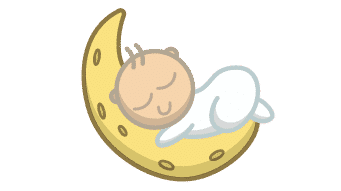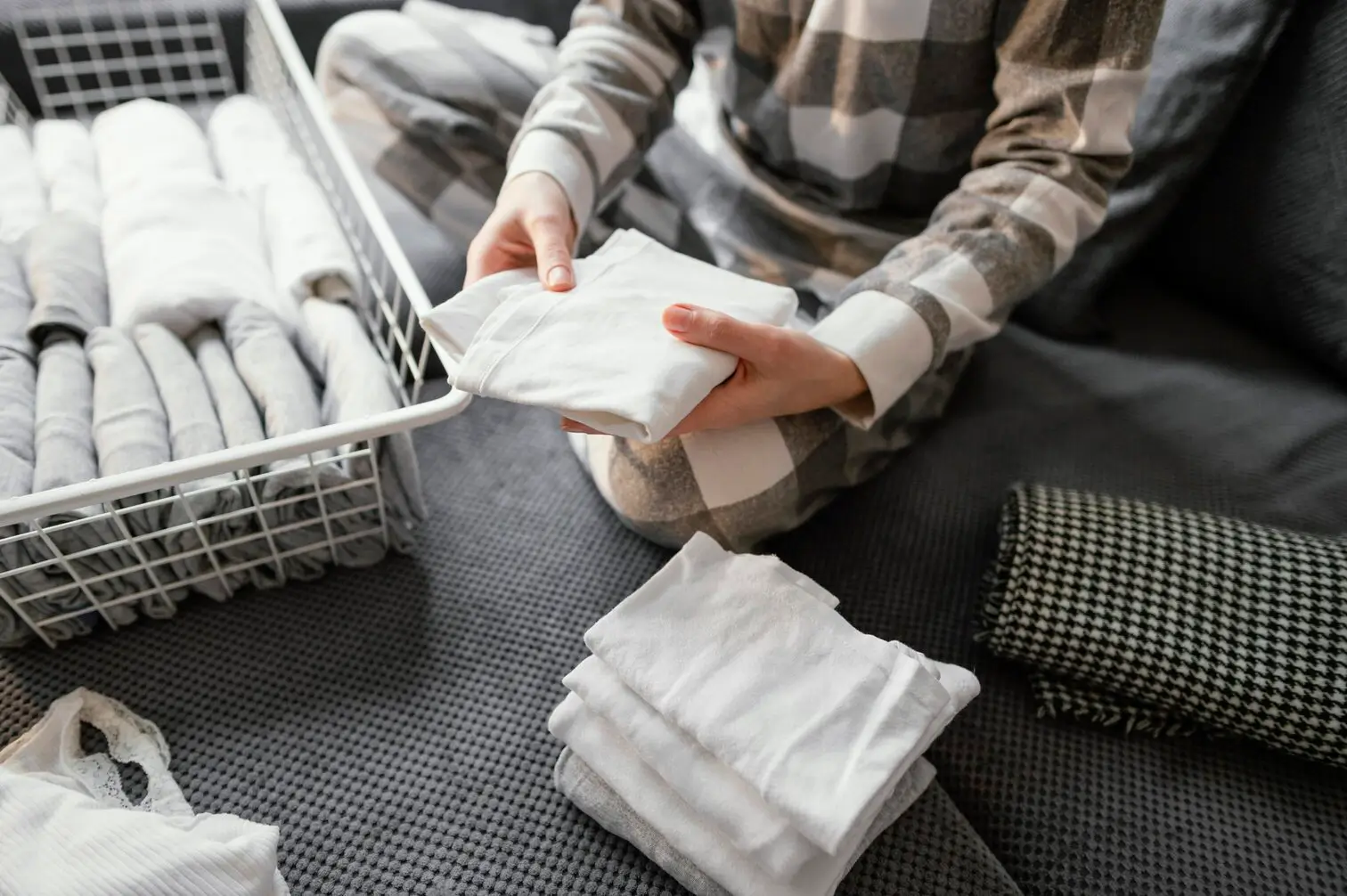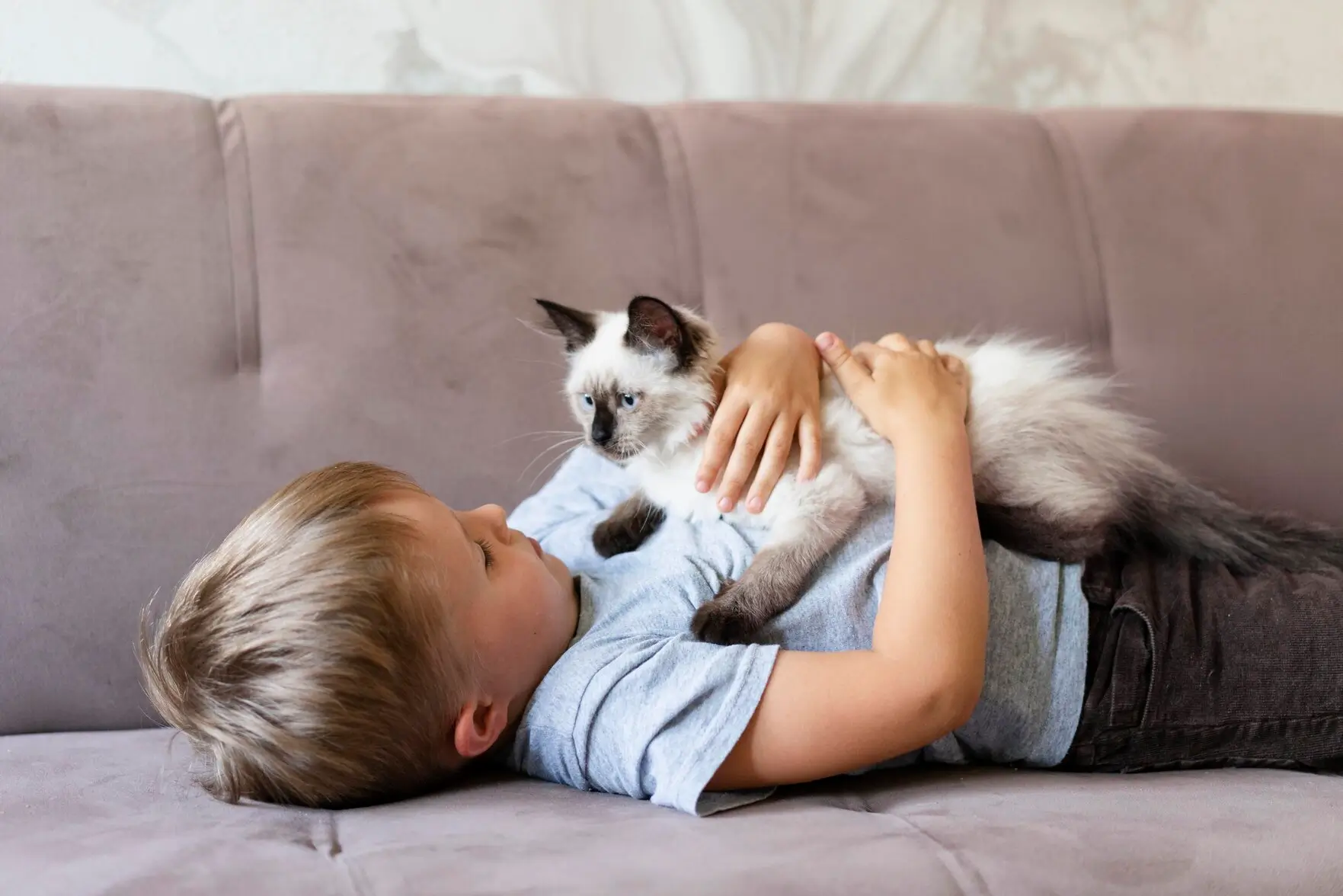Most eco friendly diapers are on many parents’ wish lists, but choosing them among all the brands and promises can feel confusing. Labels highlight plant-based parts, compostable sections, or extra-soft liners, while families still need strong leak protection and a fair price.
Why Switch to Most Eco Friendly Diapers?
Choosing the most eco friendly diapers cuts plastic waste, keeps skin away from harsh additives, and supports brands that share clear ingredient lists. Small shifts matter. A part-time swap cloth at home, eco diapers or green diapers for nights and trips removes hundreds of disposables from the bin each month while keeping sleep dry and calm.
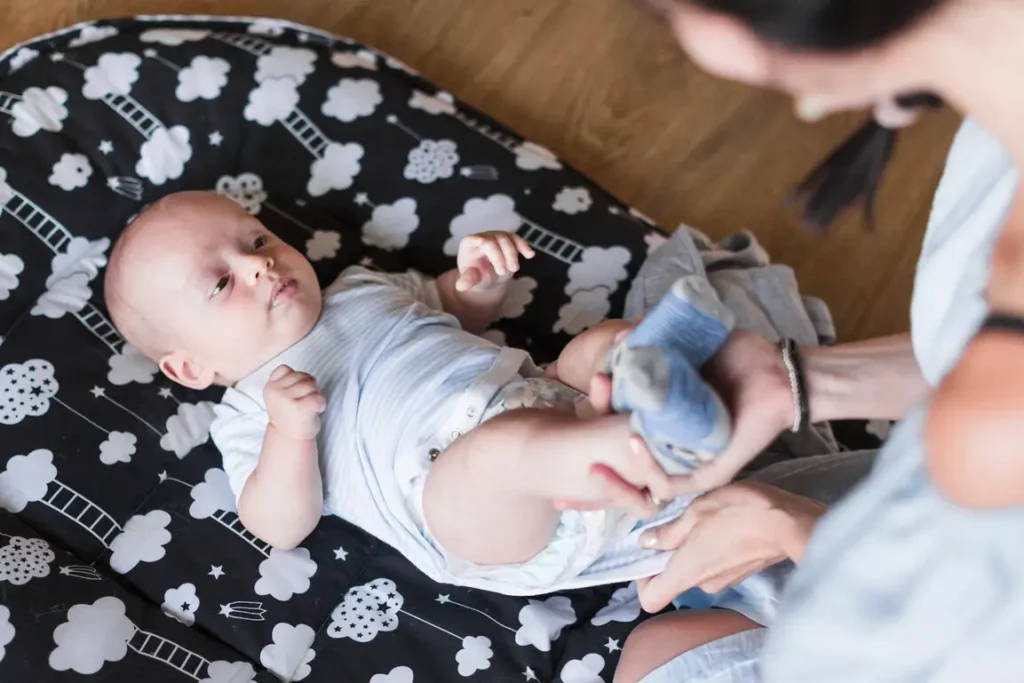
Health and safety gains:
Fragrance-free, lotion-free builds reduce irritation and help families avoid toxic diapers concerns. Many options use chlorine-free pulp and softer topsheets, placing them closer to safe diapers, and safest diapers for babies. For readers wondering if diapers are toxic, ingredient transparency and third-party testing provide simple checkpoints.
Planet impact:
Lower-plastic designs and plant-based layers shrink the trash pile over the diaper years. Parts of some diapers do break down faster, but are diapers biodegradable in regular landfills? Often only partly another reason to choose products with honest end-of-life notes and lighter materials.
Real-life fit:
Mixing types keeps routines simple. Cloth plus plant-based disposables balances time, budget, and comfort. A steady wash plan for how to clean reusable diapers makes cloth easy to reuse week after week. When it’s time to compare diapers, weigh five things: materials, safety, performance, transparency, and price. With that checklist, the most eco friendly diapers become a practical upgrade not a hassle.
What “Most Eco Friendly Diapers” Really Means
The phrase blends three goals: lower environmental impact, gentle contact with skin, and sensible pricing. Different brands balance these goals in different ways, so the label “eco” can look similar on the box but mean very different things in practice.
Environmental impact basics
Disposable diapers create significant landfill waste. Over the diaper years, a single child can add thousands of pieces to the pile. Some lines use plant-based layers or certified pulp, and a few support industrial composting programs for most eco friendly diapers.
So, are diapers biodegradable? Often only parts are. Elastic tabs, and some films still rely on plastic. Real improvement comes from more renewable content, less plastic overall, and honest end-of-life guidance.
Safety basics
Safety concerns center on fragrances, lotions, chlorine bleaching, some dyes, and plastic softeners. The question of diapers being toxic usually points to those areas. Labels with “fragrance-free”, “lotion-free”, and chlorine-free pulp are moving in the right direction.
When those signals are absent, critics sometimes use the term toxic diapers. Clear ingredient lists and third-party testing help.
Marketing claims vs reality
Words like most eco friendly diapers, green diapers, “natural”, and “plant-based” are not strict legal categories. Real progress shows up in specifics: percentage of plant-based layers, certified pulp, disclosed ingredients, and real composting pathways. A leaf icon alone does not prove much.
How to Compare Diapers (Simple, Practical Checklist)
A direct checklist helps cut through noise. Use these five lenses to compare diapers across any brand or style.
Materials
- Plant-based or renewable layers (bamboo, cotton blends, bio-based films)
- FSC-certified pulp and reduced plastic content
- Plain prints or dye-light designs
Safety and chemical profile
- Chlorine-free processing (TCF/ECF)
- Safe diapers with no added fragrance or heavy lotions
- Clear, public ingredient lists; third-party skin tests
This is where tags like eco-friendly diapers and safest most eco friendly diapers for babies often appear.
Performance
- Fast absorption and steady leak control
- Soft topsheets and secure leg/waist fit
- Stable tabs during rolling, crawling, and first steps
The most eco friendly diapers still need dry sheets at 3 a.m.
Transparency and sustainability
- Concrete metrics (plastic reduction, recycled packaging)
- Honest notes about limits (for example, partial biodegradability)
Price and access
- Price per diaper and availability in stores or online
- Trial packs and subscriptions that lower risk
Types of most eco-friendly diapers
Different homes choose different paths. That is why many guides list several candidates for the most eco friendly diapers instead of one universal winner.

Reusable cloth eco diapers
Cloth systems replace disposable cores with washable fabric. With a steady routine, a single set can last years.
Highlights
- Lowest landfill output
- Often fewer added chemicals
- Adjustable fits; reusable across sizes
Common styles
- All-in-ones (simplest, diaper-like)
- Pocket diapers (cover + insert)
- Prefolds/flats (fabric + cover, very flexible)
Cloth often ranks among safest diapers for babies because of simpler materials. Environmental impact still depends on washing habits and energy sources.
Biodegradable and plant-based disposable diapers
This group targets convenience with better materials. Many lines feature plant-based backsets/toposheets, FSC pulp, and lower plastic.
Where they shine
- Familiar disposable routine
- Lower plastic profile
- Many are fragrance-free and dye-light (leaning toward safe diapers)
What varies
- Degree of biodegradability
- Acceptance in industrial composting (rare and location-specific)
- Price compared with mainstream disposables
These often sit near the most eco friendly diapers label for busy households that still want progress.
Greener disposables (green diapers)
Large brands now ship green diapers versions of best-sellers. Improvements include chlorine-free pulp, fewer lotions, and better pulp sourcing. Landfill impact may not match cloth or top plant-based lines, but the step forward is real and more budget-friendly.
Hybrid Systems (Reusable Covers + Disposable Inserts)
Hybrids pair a washable cover with a disposable or compostable insert.
Why Consider
- Less trash than full disposables; fewer washes than full cloth
- Good travel and daycare option; quick changes
Watch-outs
- Insert materials differ widely (plant-based vs plastic-heavy)
- Composability claims may depend on local services
Who Benefits Most
Homes seeking a midpoint between cloth and disposables while still aiming for the most eco friendly diapers balance.
Other Eco-Friendly Options Beyond the Diaper
Small habits support big changes.
Part-time cloth, part-time disposable
- Cloth during home hours; plant-based disposables for nights and trips
- Fewer bags to bin; laundry stays manageable for most eco friendly diapers.
Services and local programs
- Cloth-washing services in some cities
- Limited composting partners for select brands
Small helpers
- Reusable wipes at home
- Washable pail liners
- Sharing or donating unopened outgrown sizes
Safety Focus: Safe Diapers, Safest Baby Diapers, Safest Diapers for Babies
Safety and sustainability work best together. Picks that protect delicate skin often overlap with the most eco friendly diapers list because simpler builds cut extra chemicals and reduce plastic.
Ingredients to question
Some signals raise the are diapers toxic concern and can push a product toward toxic diapers talk:
- Vague “fragrance” with no full breakdown
- Built-in lotions that can irritate sensitive skin or mask smells
- Bright dyes/inks in areas that touch skin without adding function
These features do not always mean unsafe, but unclear labeling makes it hard to judge.
Safer signals to look for
Traits that often define safe diapers, safest baby diapers, and safest diapers for babies:
- TCF/ECF pulp (chlorine-free processing) to lower chemical residues
- Fragrance-free, lotion-free builds that keep contact layers simple
- Allergy-aware testing with documented results and open ingredient lists
Clear labels help families compare diapers fairly across brands and price points.
How safety links to the most eco friendly diapers
When safer traits meet steady performance, fast absorption, secure leg/waist fit, and soft topsheets a product moves toward the safest baby diapers tier and often lands on a most eco friendly diapers shortlist.
Many eco diapers and green diapers earn this spot by cutting perfumes and dyes and by using certified pulp. End-of-life claims matter too; while parts may break down, are diapers biodegradable in regular landfills is usually “partly,” so honest notes about materials are a plus.
Practical tips that keep skin calm
- Right size and snug fit: Prevents rub marks and leaks without over-tightening.
- Frequent changes: Damp time drives rashes more than label claims.
- Rash care basics: If creams are used, pick options that wash off easily; for cloth, follow a clear plan for how to clean reusable diapers to protect absorbency.
A diaper that is gentle on skin, open about ingredients, and consistent against leaks fits both goals: safe diapers for daily comfort and a believable path toward the most eco friendly diapers.
Simple Routine: How to Clean Reusable Diapers
A clear, repeatable plan makes cloth easy.
Wash workflow for how to clean reusable diapers
- Pre-clean: Shake or scrape solids; store in a breathable pail or wet bag.
- Pre-rinse: Short rinse to move out loose waste OF eco diapers.
- Main wash: Warm/hot cycle, detergent without softener; do not overload.
- Extra rinse: Clear remaining detergent to protect absorbency.
- Dry: Line dry for stain help; tumble on low if fabric allows.
Problems and quick fixes
- Lingering smells: Too much detergent or overpacked drum → extra rinses, smaller loads.
- Reduced absorbency: Avoid softeners and heavy creams; check water hardness.
- Stains: Sunlight fades stains naturally; gentle, baby-safe spot care when needed.
This routine keeps cloth fresh and performance high, making it a steady partner to disposable picks in a most eco friendly diapers plan.
Baby-Focused Additions to the Most Eco Friendly Diapers Guide
Choosing the Right Diaper Size for Every Stage
The most eco friendly diapers work best with the right size and snug but gentle fit. Weight charts matter, yet body shape also changes with growth spurts. Newborn phases favor softer cores; crawlers need stretch at legs and waist.
Eco diapers and green diapers that list exact measurements reduce leaks and red marks. Night use often benefits from one size up for extra capacity. Even biodegradable and plant-based disposable diapers will leak if sizing is off, so always compare diapers by fit before buying bulk.
Preventing Diaper Rash Naturally
Rash prevention starts with breathable layers and frequent changes. Safe diapers and the safest baby diapers avoid heavy lotions and strong perfumes that may irritate delicate skin. When questions like are diapers toxic arise, ingredient lists and simple, dye-light topsheets offer clarity.
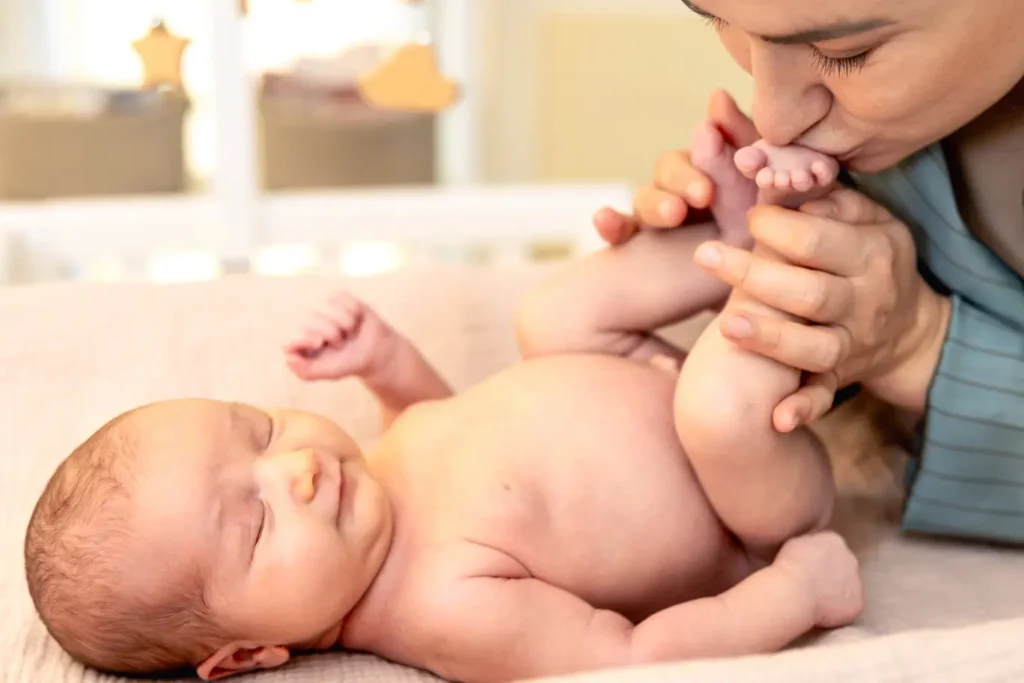
Air-dry breaks after changes help; barrier creams should be minimal and easy to wash off. For cloth, a steady plan for how to clean reusable diapers keeps detergent residue from causing flare-ups.
Night-Time Eco Diaper Routine
Long sleep stretches need absorbent cores plus secure leg/waist seals. Several most eco friendly diapers include thicker plant-based pulp for nights, while some families select one size larger for longer wear.
The most eco-friendly diapers for bedtime balance softness with fast wicking to keep skin dry till morning. This is a practical place to compare diapers by use-case: daytime mobility vs overnight stillness.
Transitioning from Newborn to Toddler Diapers
Early months favor ultra-soft builds, often in cloth or biodegradable and plant-based disposable diapers. As movement increases, flexible panels and stronger tabs reduce leaks for active toddlers.
Brands that keep the same materials philosophy across sizes make the shift easier, helping families stay within and safest diapers for babies while maintaining performance.
Storing and Disposing of Used Eco Diapers
Used eco diapers should be sealed promptly to limit odor and mess. If a brand supports composting, follow its rules to avoid contamination; this matters because diapers biodegradable is often “partly,” not fully.
For cloth, brief pre-rinses and breathable storage reduce smells and staining before wash day. These small steps support the overall impact goals of the most eco friendly diapers without adding hassle.
Best Practices for Sensitive Skin & Allergy-Prone Babies
Babies with sensitive skin benefit from chlorine-free pulp, fragrance-free designs, and minimal inks hallmarks of safe diapers and the safest most eco friendly diapers for babies. Hypoallergenic claims are most useful when paired with published testing.
Switching one pack at a time helps monitor reactions. Transparent labeling lowers diapers toxic worries and makes it easier to compare diapers across brands.
Eco Diaper Travel Tips for Parents on the Go
Trips call for compact, reliable options. Many families pack biodegradable and plant-based disposable diapers for flights and long drives, then return to cloth at home. Wet bags handle used cloth inserts neatly; spare outfits and a small rash cream avoid surprises.
When shopping on the road, green diapers from big retailers offer a predictable backup while still aligning with the most eco friendly diapers approach.
Budget and Real-Life Plans Using the Most Eco Friendly Diapers
Eco picks can cost more per piece. Smart mixing keeps totals balanced.
Sample mixes
- Cloth-first: Cloth for most changes; biodegradable and plant-based disposable diapers for nights and trips.
- Hybrid convenience: Plant-based disposables on workdays; cloth on weekends.
- Budget-aware green: Greener mainstream disposables as daily driver; a small stash of safest baby diapers for long rides.
Savings ideas
- Trial bundles before bulk boxes
- Subscriptions or loyalty cycles
- Plain prints over designer prints; performance over extras
FAQs
1) What are the most eco friendly diapers for sensitive skin?
Fragrance-free, lotion-free, chlorine-free designs with soft toposheets and clear ingredients.
2) Are diapers toxic today?
Modern safe diapers limit common irritants; check labels for perfumes, lotions, and chlorine.
3) Are diapers biodegradable in regular landfills?
Usually only partly; some layers break down slowly while plastic parts remain.
4) Do green diapers leak more?
Current eco lines often match mainstream performance when sizing and fit are correct.
5) How to clean reusable diapers with steady absorbency?
Pre-rinse, warm/hot main wash, extra rinse, and no fabric softener.
6) Which are the safest diapers for babies with allergies?
Hypoallergenic, fragrance-free builds with documented testing and minimal dyes.
7) How to compare diapers fast?
Scan materials, safety, performance, transparency, and price in that order.
Conclusion
Progress toward the most eco friendly diapers comes from clear materials, safer contact with skin, and dependable performance. Cloth covers daily routines with minimal waste; biodegradable and plant-based disposable diapers add convenience; green diapers offer budget-friendly improvements. With a simple checklist and a realistic mix, homes can cut trash, calm skin, and keep nights dry without turning diaper duty into a full-time job.
